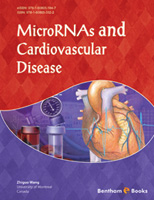Introduction
Biomarkers are any measurable biochemical characteristics of an organism that reflect a particular physiological state. Biomarkers can take many different forms including particular proteins or peptides, antibodies, cell types, metabolites, hormones, enzyme levels, compounds related to genomics, etc. A biomarker can also be a substance introduced into a patient to assess the internal organ systems role.
In medicine, biomarkers considered as compounds isolated from serum, urine, or other fluids, can be used as an indicator of the presence or severity of a particular disease state., improving our knowledge of the pathophysiology of many diseases. The use of biomarkers is becoming a fundamental practice in medicine. Biomarker research involves a significantly greater scope of laboratory medicine.
This monograph presents information on several types of biomarkers for general pathologies. (preeclampsia, metabolic syndrome, iron metabolism, bone disease, liver function, renal function), cardiovascular pathology (including atrial fibrillation, peripheral artery disease, thrombotic disorders) and sepsis. Additional information on endocrine and salivary biomarkers is also presented.
New Trends in Biomarkers and Diseases Research: An Overview is an update of the present and future of clinical contribution and the correct interpretation of biomarkers. In addition to clinicians, this book is aimed to professionals of own laboratory medicine, university researchers and clinicians in general.



